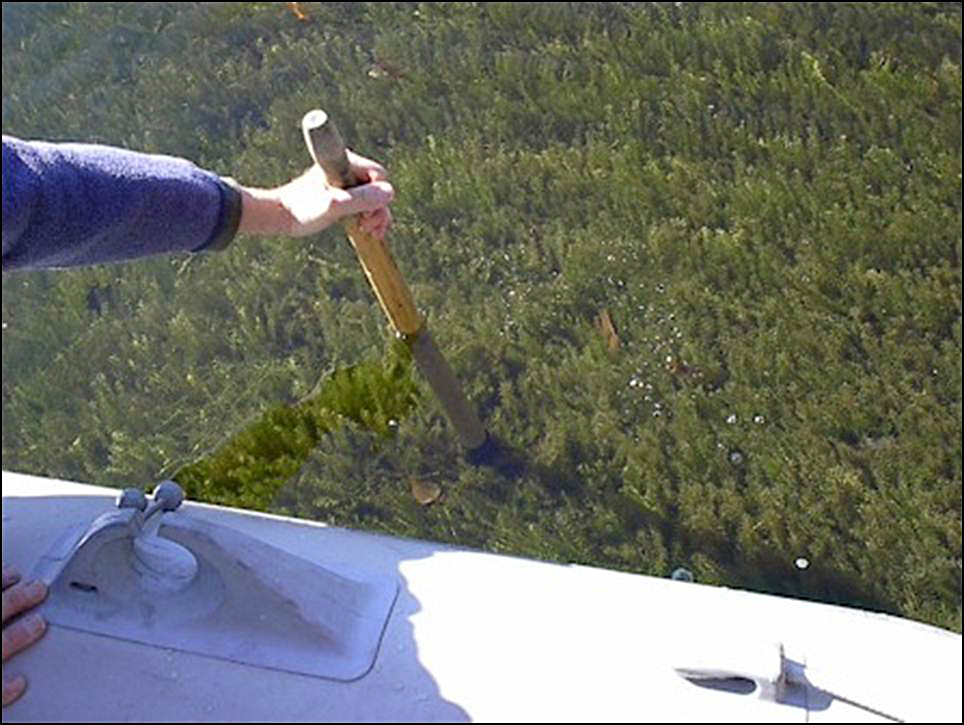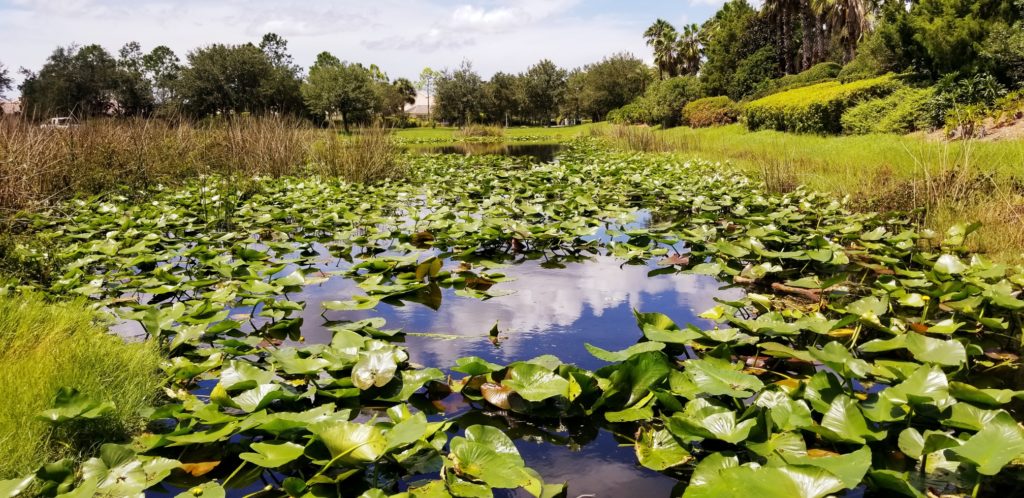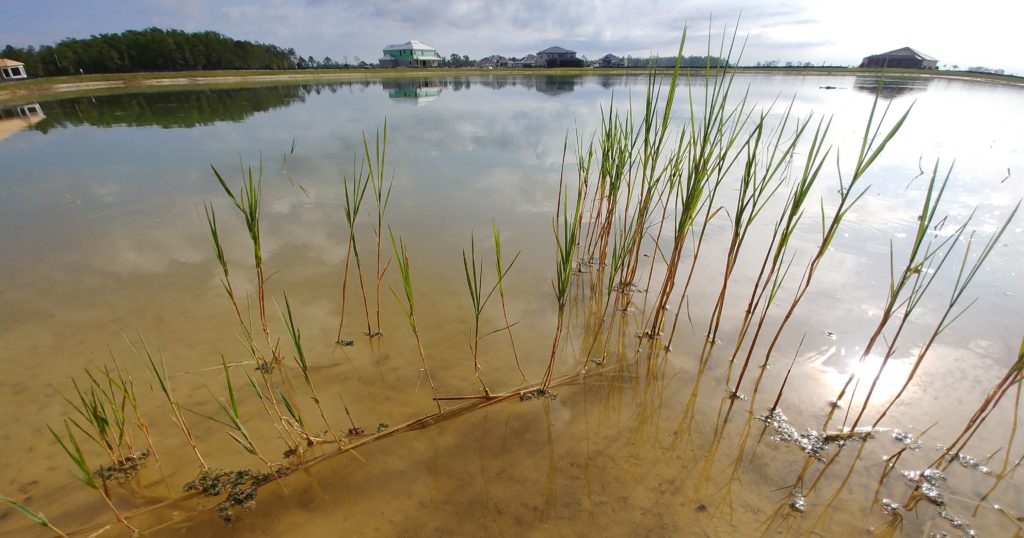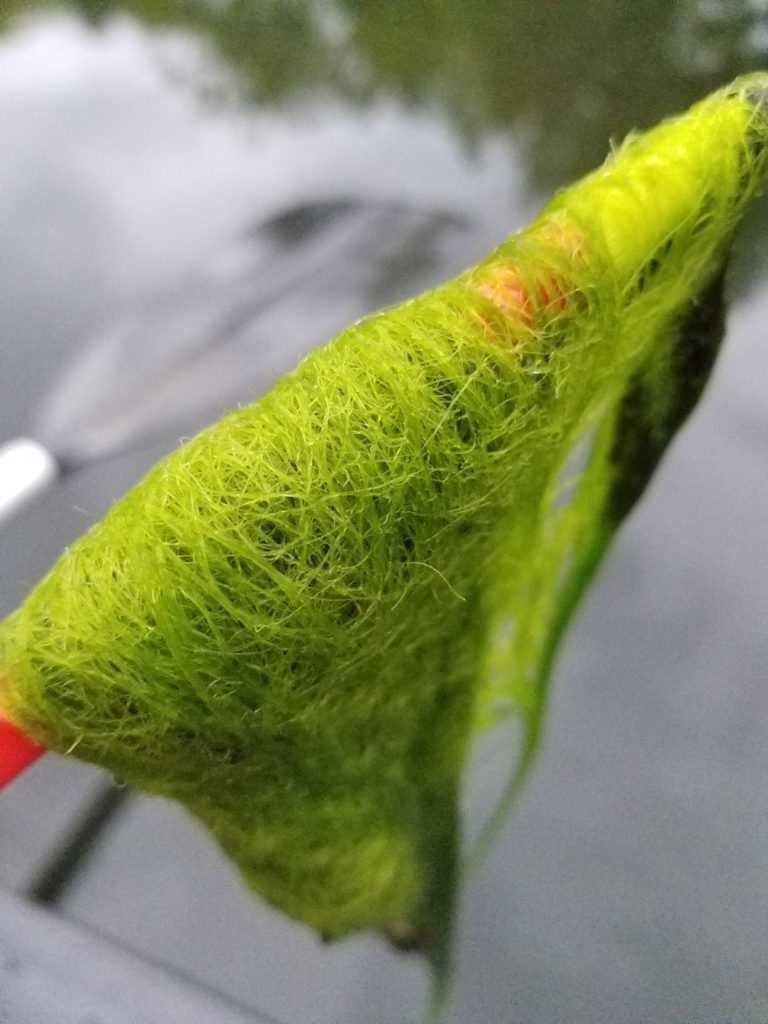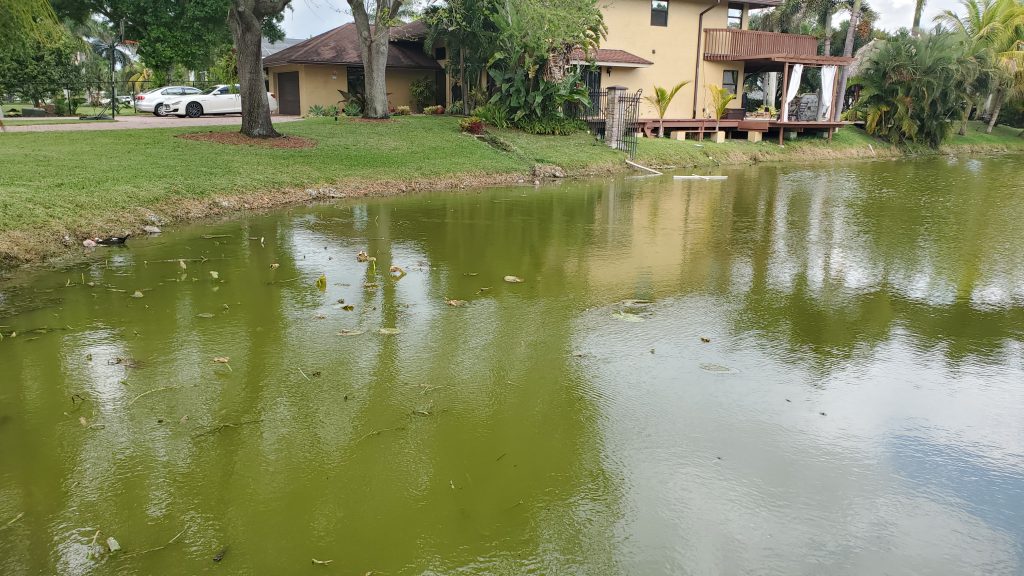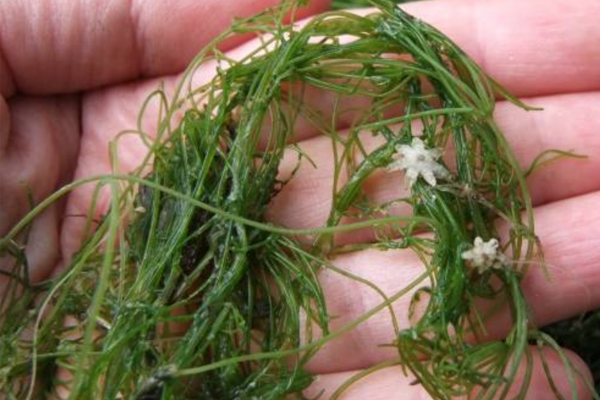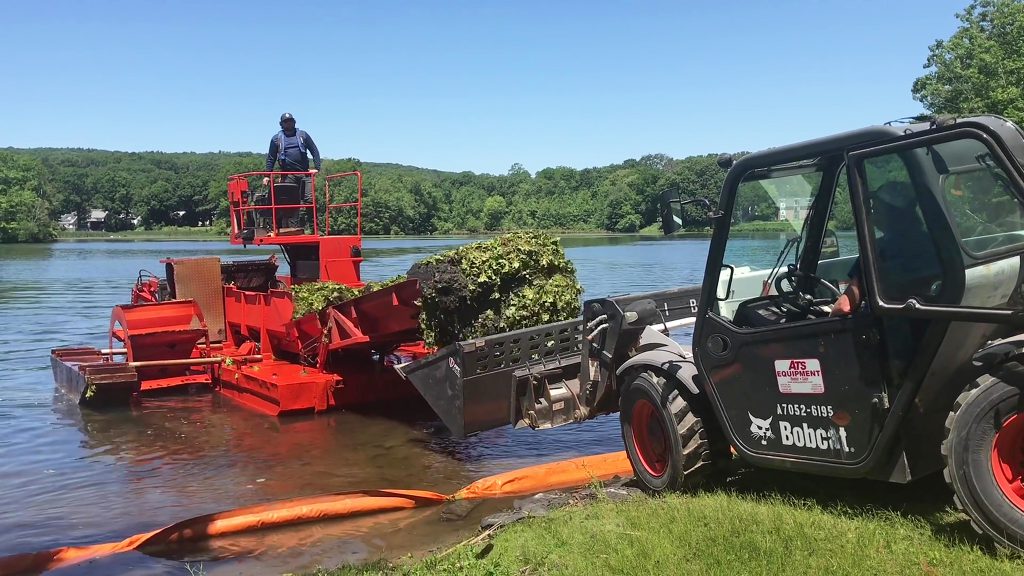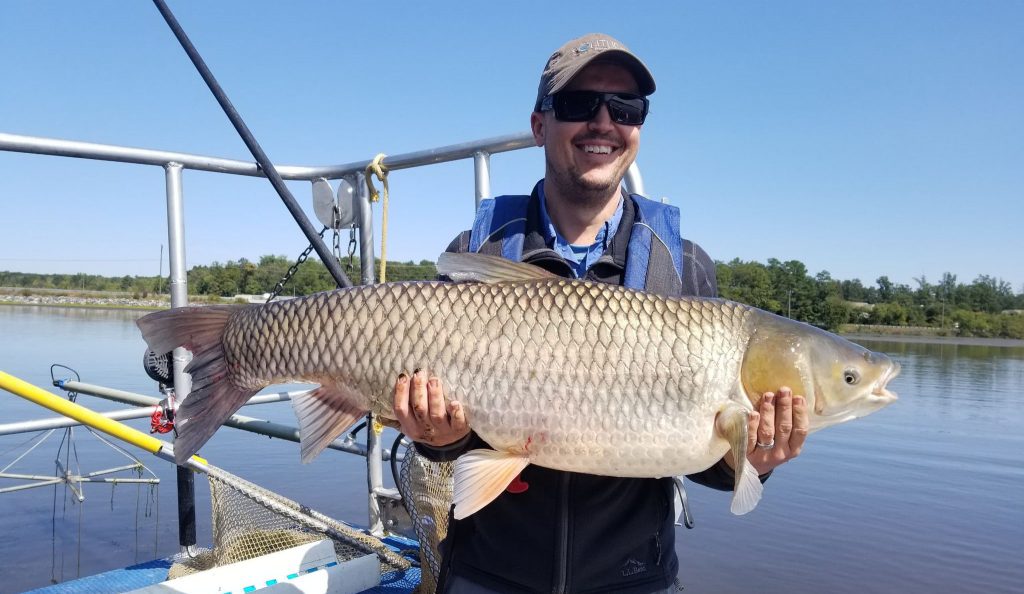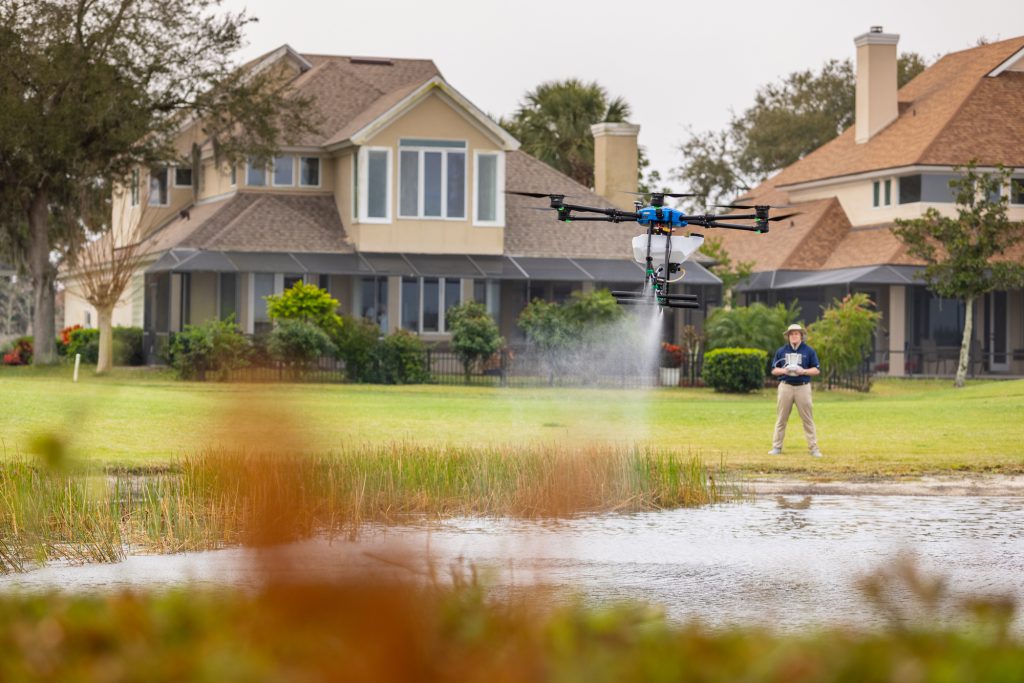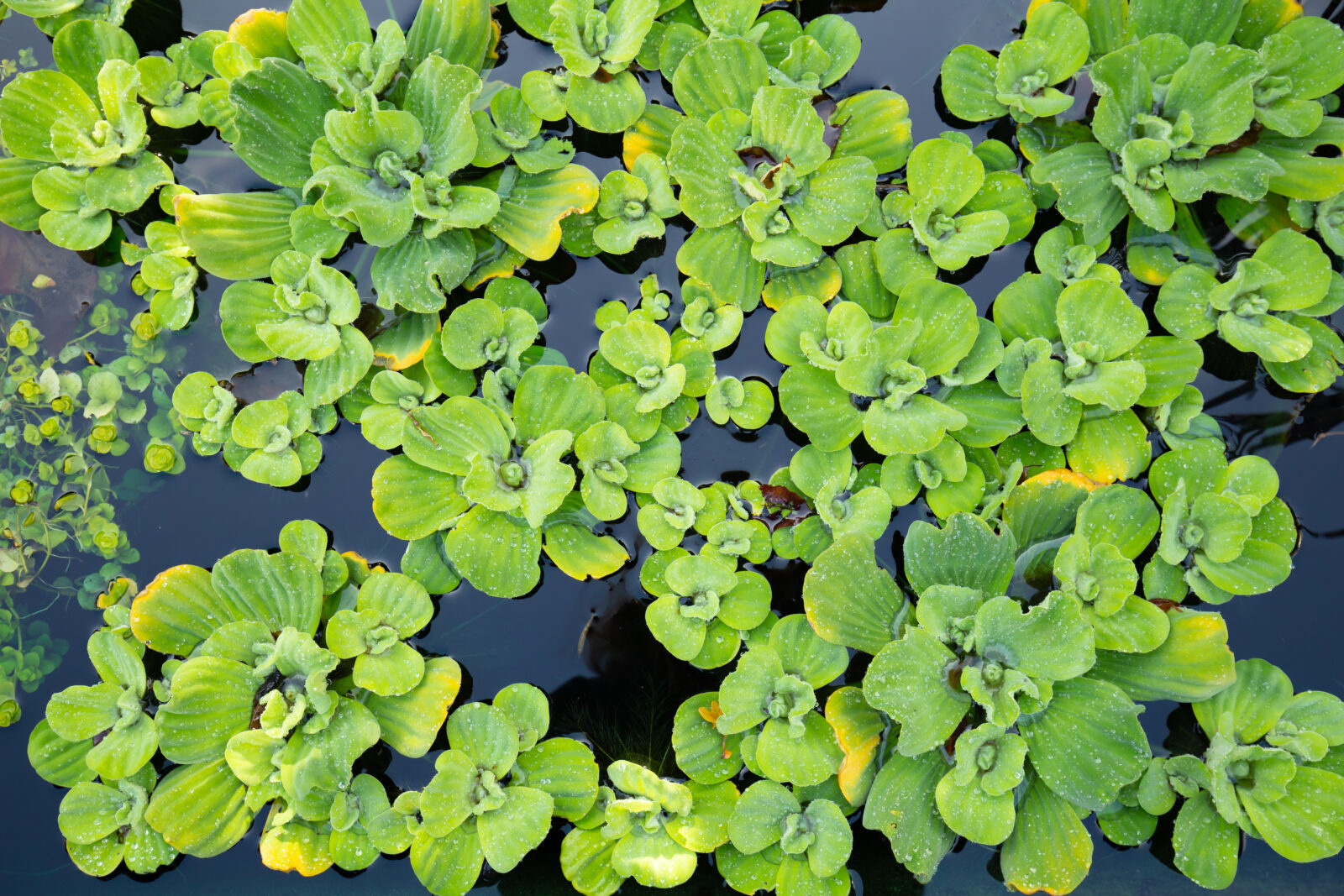
Top 3 Solutions for Algae and Pond Weed Control
Pond weeds and algae are one of the most aggravating blemishes that can appear on a lake or pond. Whether they’re floating on the surface or rooted to the bottom, they can take a waterbody from appealing to appalling in a matter of days. We know this is frustrating to see. Property owners and managers work hard to keep their HOAs, golf courses, and private residences safe and aesthetically pleasing, but lakes and ponds can be finicky. Though prevention is the most effective strategy for algae and pond weed control, several solutions are available to eliminate existing growth and restore confidence in decision-makers.
Pond weeds fall into three broad categories – submerged, floating, and emergent.
Submerged Pond Weeds
Submerged pond weeds like hydrilla, Eurasian watermilfoil, curly-leaf pondweed, and Brazilian elodea grow almost entirely under the water, but may “top out” just at the surface. In addition to obscuring the water column and impeding water circulation, the dense growth is known to ensnare fishing lines and boat propellers and clog stormwater equipment. Some pond weed species have also been known to entangle and drown swimmers.
Floating Pond Weeds
Most floating pond weeds have root systems, but they are not always anchored to the bottom sediments. The plant tissue of pond weed species such as water hyacinth, giant salvinia, water chestnut, and water lettuce floats on the top of the water. Without intervention, large, floating mats of these pond weeds can form across the entire waterbody, preventing sunlight from penetrating the water column and reducing the essential exchange of oxygen at the surface
Emergent Pond Weeds
Emergent pond weeds like torpedograss, alligatorweed, smartweed, and water primrose are typically found rooted in shallow areas near the shoreline, with most of the plant tissue extending above the water. Like other pond weeds, emergent weeds are capable of crowding out native beneficial plants. Out-of-control growth can also damage and destabilize delicate shorelines, exacerbating erosion issues.
Algae also fall into three primary categories – filamentous, planktonic, and macro-algae.
Filamentous Algae
Filamentous algae typically appear as stringy, slimy green or yellow patches. Common examples include Spirogyra, Anabaena, Spirulina, Lyngbya, and Pithophora. Small stormwater ponds and the shoreline areas around larger lakes can be overcome with filamentous algae due to stagnation and an elevated nutrient load.
Planktonic Algae
Planktonic algae are microscopic organisms that can appear in many colors such as green, blue, golden, and red. Sometimes, planktonic algae resemble dye or spilled paint in the water. Common examples include Chlamydomonas, Chlorella, Euglena, Microcystis, and Tabellaria. And some species like cyanobacteria (blue-green algae) are capable of producing dangerous toxins that can be harmful to humans, pets, and wildlife.
Pond Weed Control: Seeing Is Believing
- Pond Weed Control
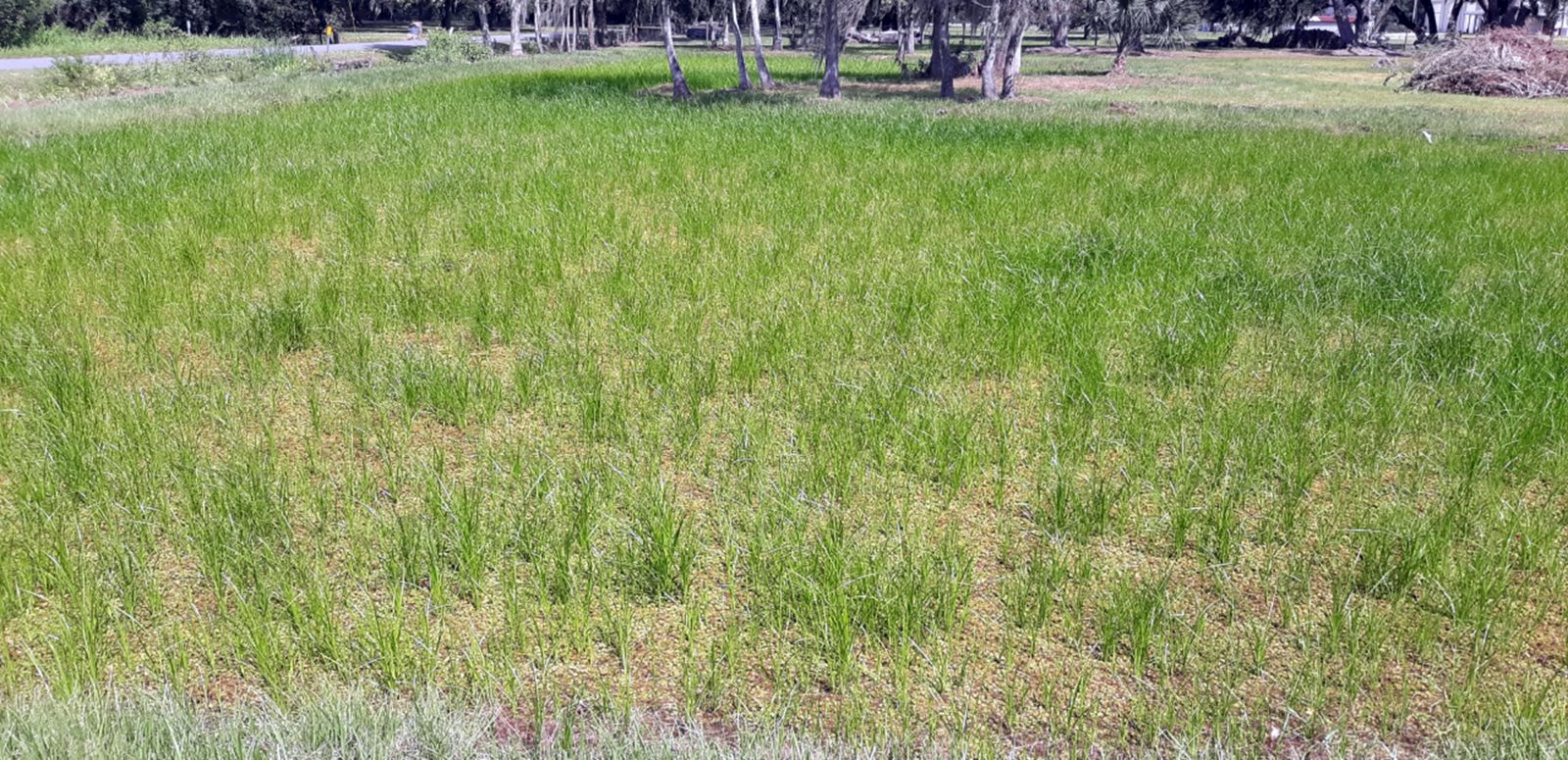
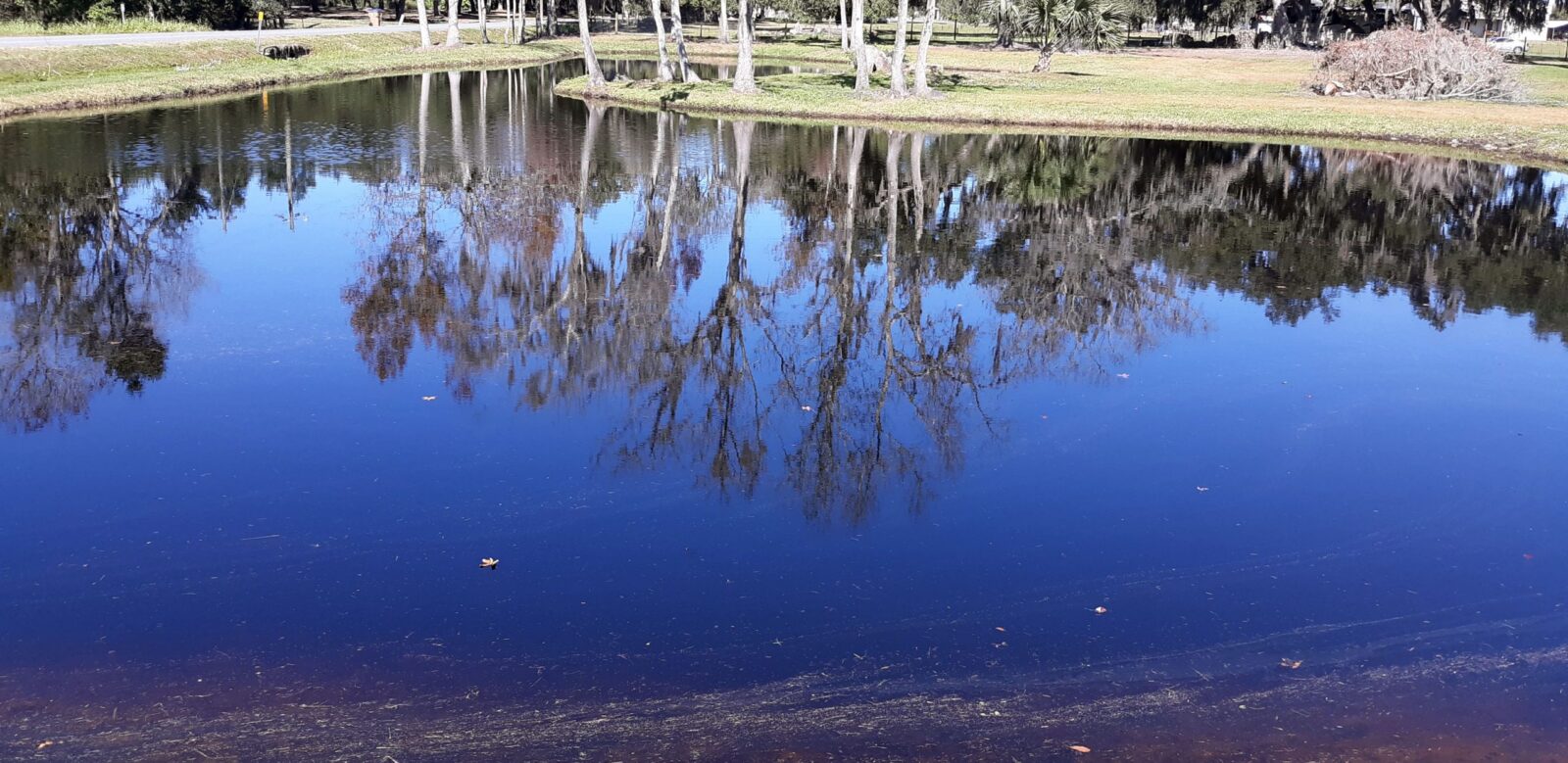
Do pond weeds and algae have any redeeming qualities?
Absolutely! They serve as food and refuge for desirable fish, insects, birds, and other wildlife. However, if they become a nuisance, especially if they are invasive, it’s crucial to return them to acceptable thresholds or eliminate them entirely.
Here are a few solutions on how to get rid of pond weeds:
1. Pond Weed Control via Mechanical Removal
Pond weed and algae control experts lean on a variety of approaches to manage undesirable pond weeds and algae. One of the most reliable solutions is mechanical removal. Mechanical harvesters or cutters provide excellent “area selective” control of nuisance growth, particularly floating pond weed species that form a thick surface canopy. A harvester is a specialized pontoon equipped with cutting mechanisms, hydraulic lifts, and a conveyor belt to transfer the detached materials for dewatering and disposal on land. Usually, at least two harvests are necessary per season to limit nuisance growth. When implemented regularly each year, harvesting can help significantly reduce growth over time.
Hydro-raking is another mechanical solution pond weed control experts use to remove undesirable growth, particularly submerged pond weeds rooted in the bottom sediments. A hydro-rake is essentially a floating barge equipped with a backhoe and clamshell bucket. Each scoop of the hydro-rake can remove up to 500 pounds of nutrient-rich detritus from waterbodies up to 10 feet deep. It is then deposited on land for off-site disposal. Like harvesting, hydro-raking can help provide long-term pond weed control when conducted on a recurring basis.
2. Biological Pond Weed Control
Biological control is a lesser-known but often successful strategy for pond weed infestations. Herbivorous Triploid Grass Carp have long been used as a reliable and cost-effective solution to naturally eliminate submersed and floating vegetation. These voracious eaters are capable of consuming 20-100% of their body weight each day and can grow up to 36 inches in length.
Grass Carp are not native to North America, so they must be sterilized before stocking. Stocking regulations can vary by state, so it’s important to partner with an aquatic expert who can help you navigate this process and obtain the proper permits if needed.
When pond weeds are accompanied by algae growth, professionals may also recommend introducing Tilapia, which feed on filamentous and planktonic algae, including toxic cyanobacteria (blue-green algae).
3. Highly Targeted Herbicides for Pond Weed and Algae Control
If nuisance pond weeds and algae require swift removal, licensed experts may turn to EPA-registered herbicides or algaecides. These products have been specifically developed to only eliminate undesirable growth without affecting beneficial species.
Depending on the targeted species, as well as site terrain, professionals may conduct product applications by drone. The unmanned aerial systems (UAS) used in the freshwater management industry feature a 6-foot wingspan and GPS navigation features that enhance safety and precision near residential areas and sensitive ecosystems.
Aquatic herbicides and algaecides are highly effective, but they are not considered long-term solutions. Product applications are typically used alongside physical removal, biological control, and proactive management strategies.
Proactive Pond Management: Get Rid of Pond Weeds for Good!
Once pond weeds and algae have become established in a waterbody, they can be difficult to remove. Many species reproduce through fragmentation, meaning even small pieces can develop into new infestations. Others reproduce via seeds, tubers, and spores. The resilient nature of nuisance and invasive growth is costly and time-consuming to overcome; that’s why the best solution is prevention.
Many proactive tools and technologies are available to help limit pond weeds and algae in lakes, stormwater ponds, canals, and wetland areas:
- Water quality testing – water quality imbalances can often be detected before pond weeds and algae become visible. Through recurring water quality testing, aquatic experts can track a variety of important water quality characteristics in a professional laboratory. This data makes it easier to spot negative trends and inform management decisions for maximal success.
- Nutrient remediation – bottom muck and debris contain high concentrations of nutrients like phosphorus, which fuels the development of pond weeds and algae. Natural products and tools like Phoslock, Alum, and EutroSORB can be applied to effectively “lock up” excess nutrients and restore balance to the waterbody.
- Biological augmentation – beneficial bacteria (think probiotics) may be applied to naturally aid in the decomposition of bottom muck and debris. This helps eliminate excess nutrients and pollutants from the waterbody and support a flourishing ecosystem.
- Shoreline management – shoreline erosion can have detrimental effects on water quality. As sediment deteriorates due to wind, rain, and activity around the water, it brings with it excess nutrients and causes a loss of depth and volume over time. Establishing a robust buffer of beneficial vegetation can help add stability by filtering stormwater runoff and developing a network of root systems to contain soil. More aggressive erosion problems can be reversed using bioengineering tools like SOX Solutions.
- Fountains and aeration – pond weeds and algae tend to thrive in imbalanced water quality conditions. Fountains and aerators help interrupt areas of stagnation and introduce dissolved oxygen into the water, which helps make the decomposition of nutrient-rich muck and detritus more efficient.
Each of these tools may be used independently to support healthy water quality conditions, but in combination, they can help completely transform a waterbody. Through a customized annual management program, stakeholders can access each of these solutions, as well as the ongoing support and monitoring by aquatic experts.
When partnering with a provider that’s experienced in preventative management, stakeholders can avoid the headaches and complaints that always follow the emergence of pond weeds and algae, and direct their focus to other important needs on their properties.
SOLitude Lake Management is a nationwide environmental firm committed to providing sustainable solutions that improve water quality, enhance beauty and preserve natural resources.
SOLitude’s team of aquatic scientists specializes in the development and execution of customized lake, stormwater pond, wetland and fisheries management programs. Services include water quality testing and restoration, algae and aquatic weed control, installation and maintenance of fountains and aeration systems, shoreline erosion control, muck and sediment removal and invasive species management. SOLitude partners with homeowners associations, golf courses, private landowners, businesses and municipalities. SOLitude Lake Management is part of Rentokil, a leading business services company, operating across the United States, Canada and Puerto Rico.
For more information, visit SOLitude Lake Management at solitudelakemanagement.com, and connect on Facebook, LinkedIn and Twitter.








